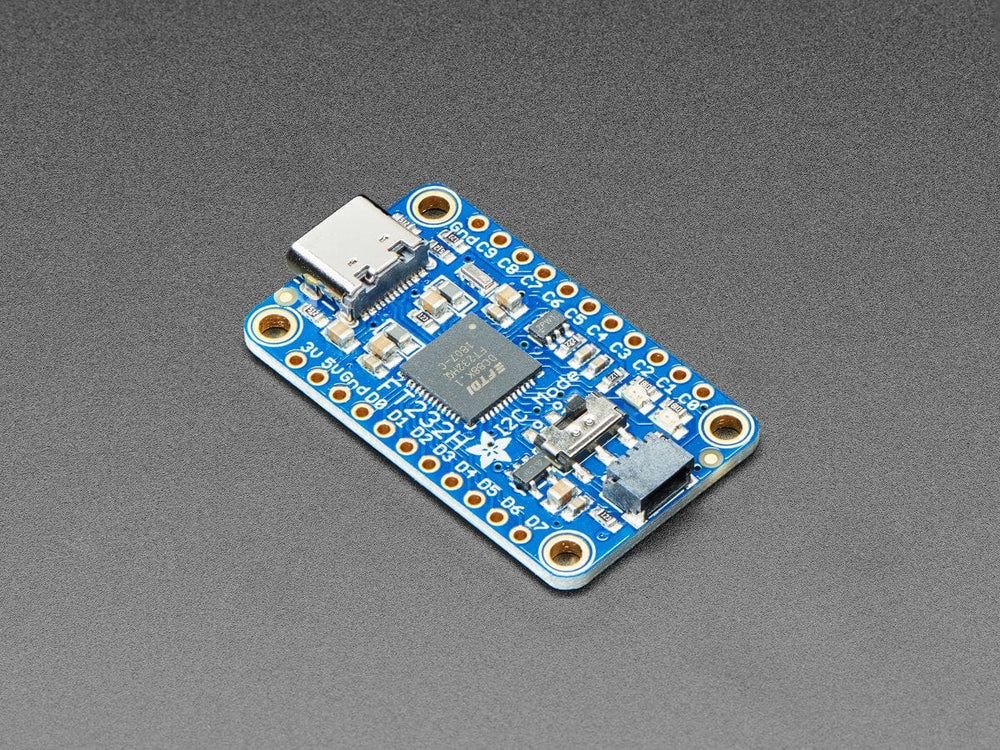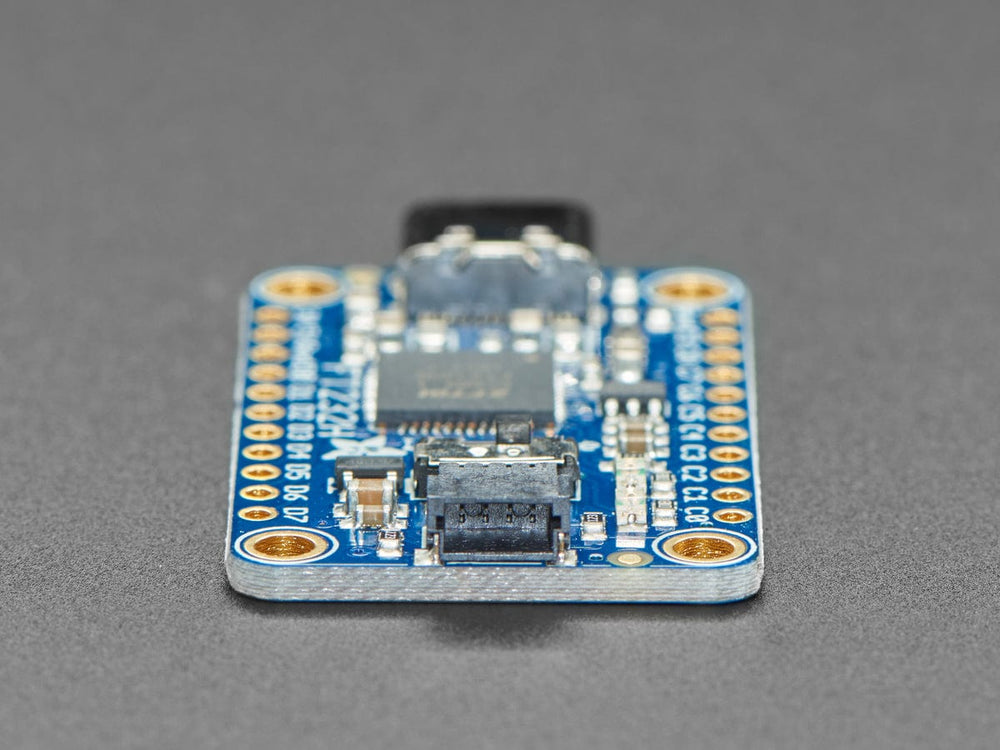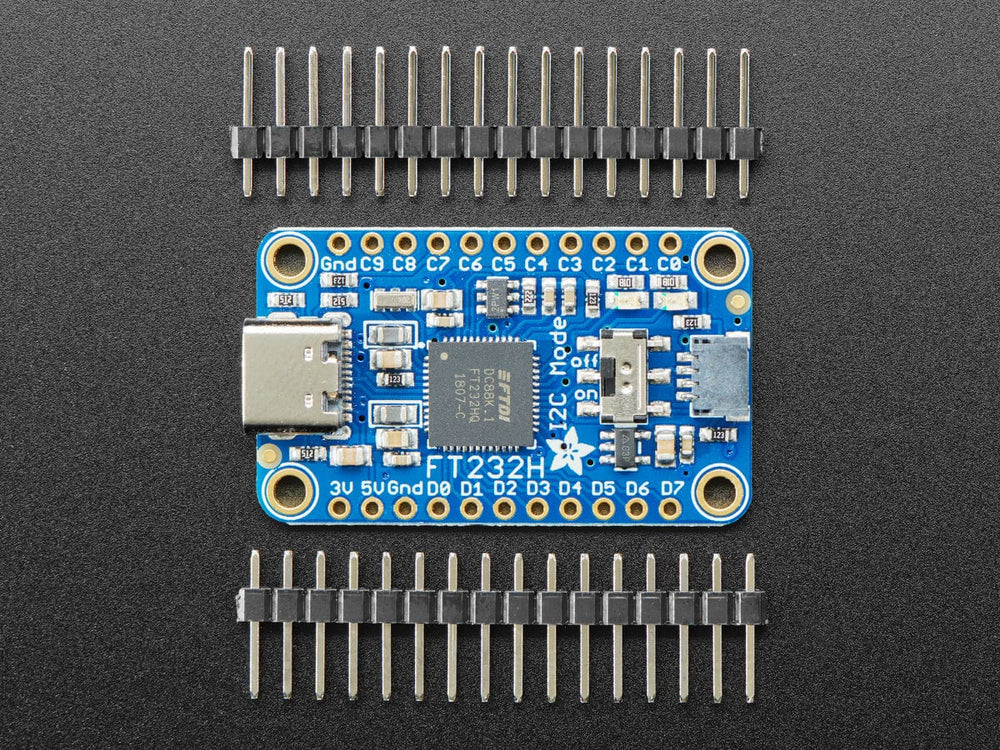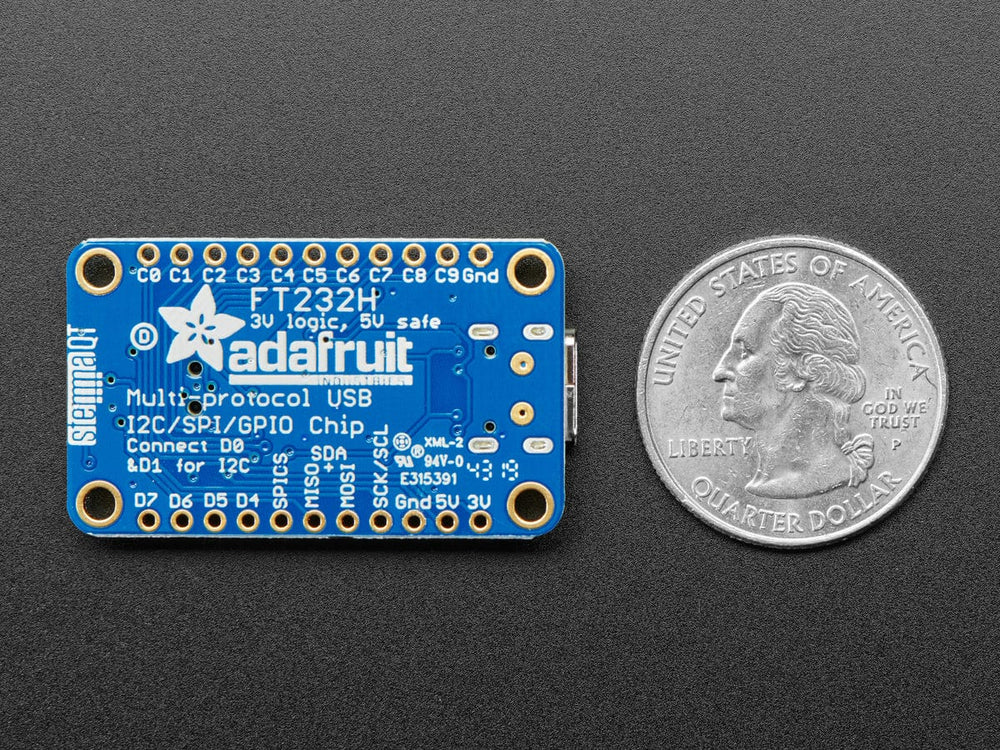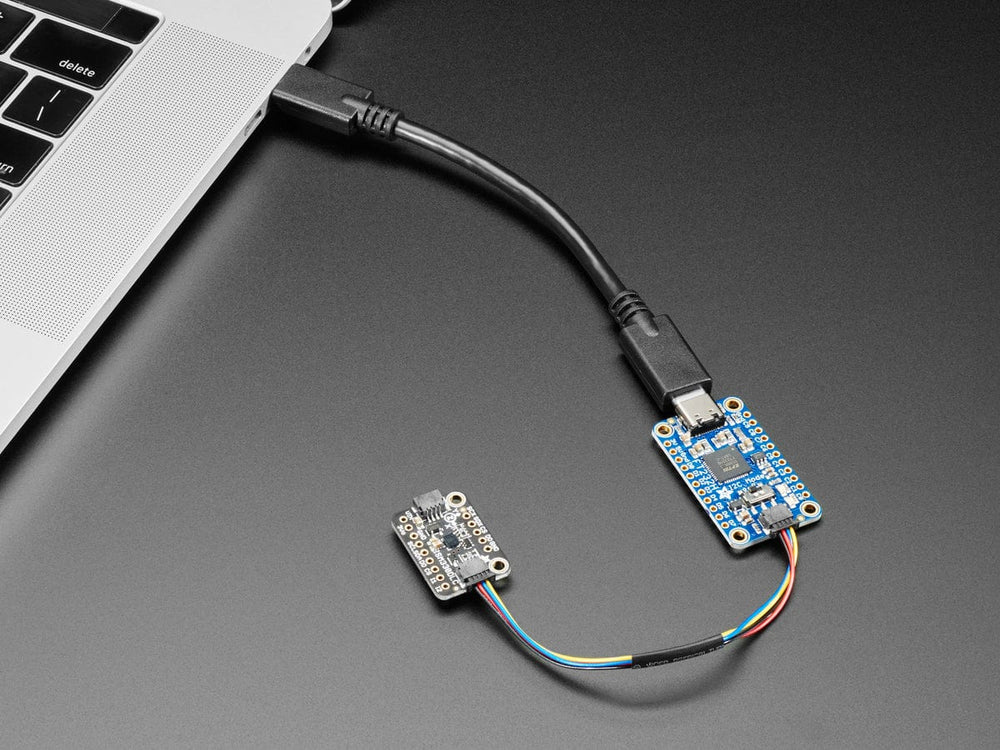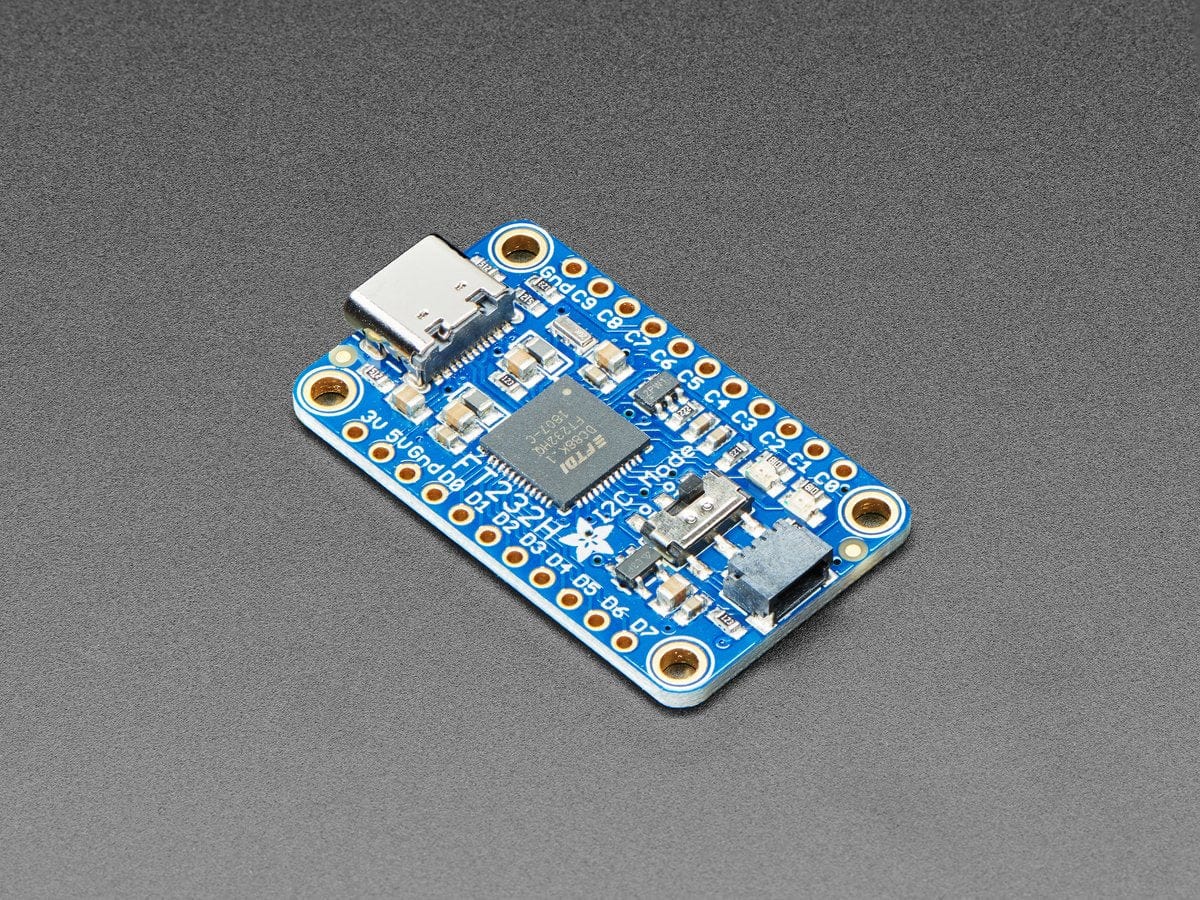
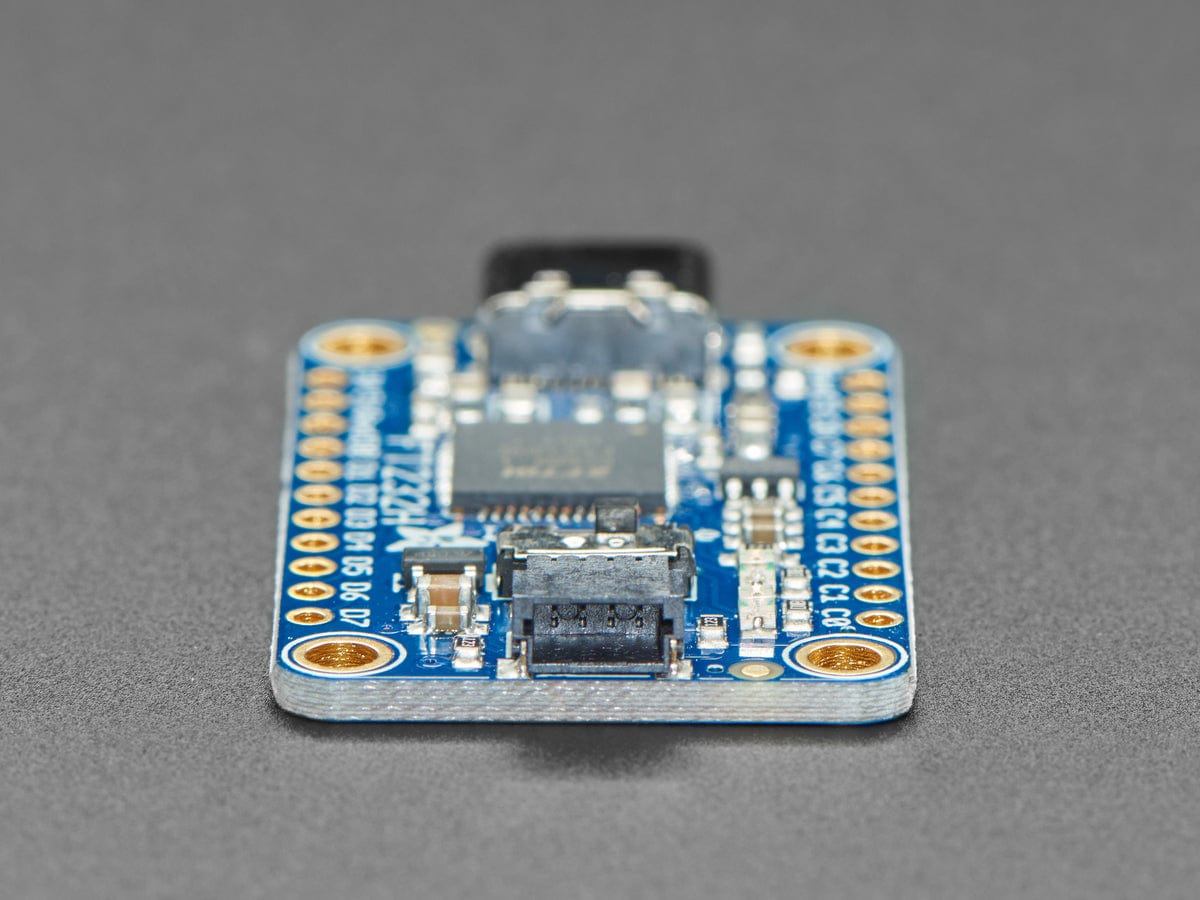
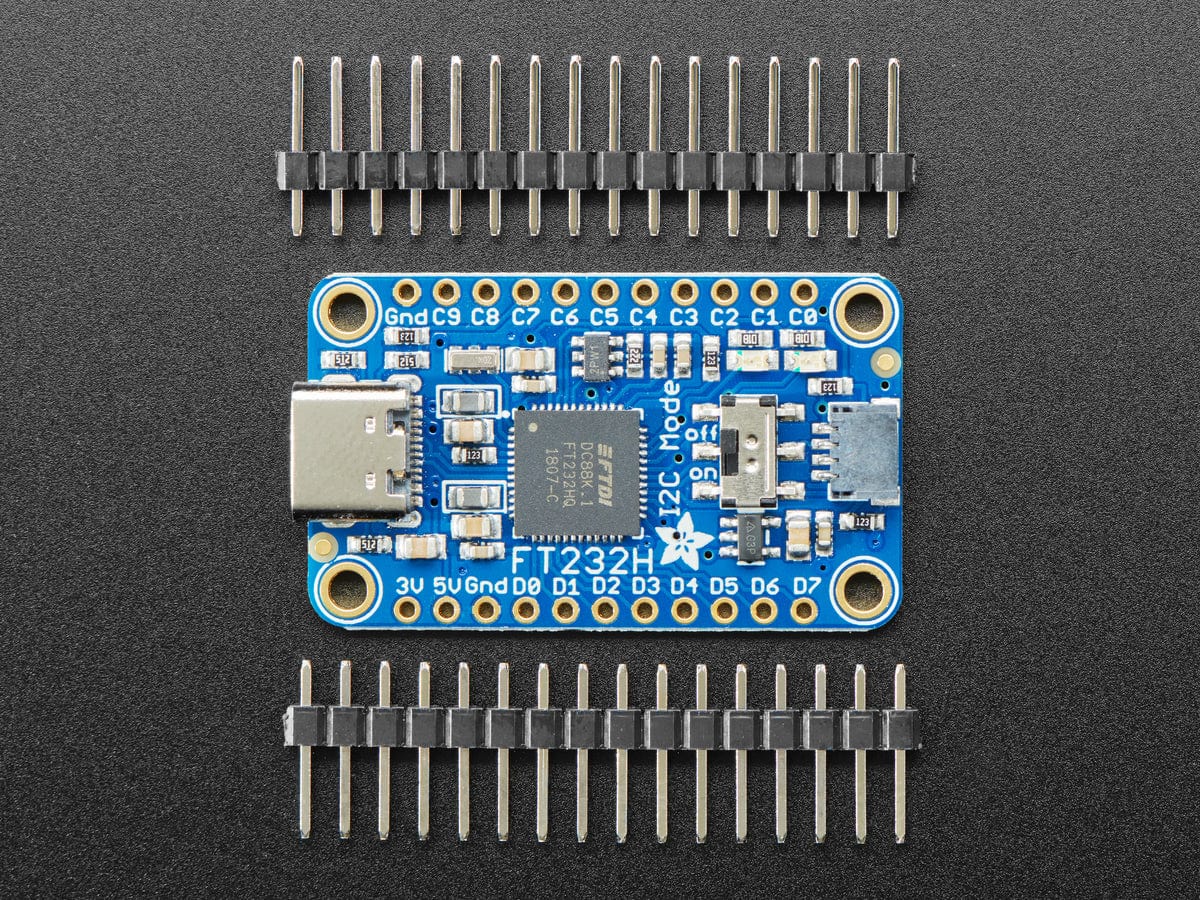
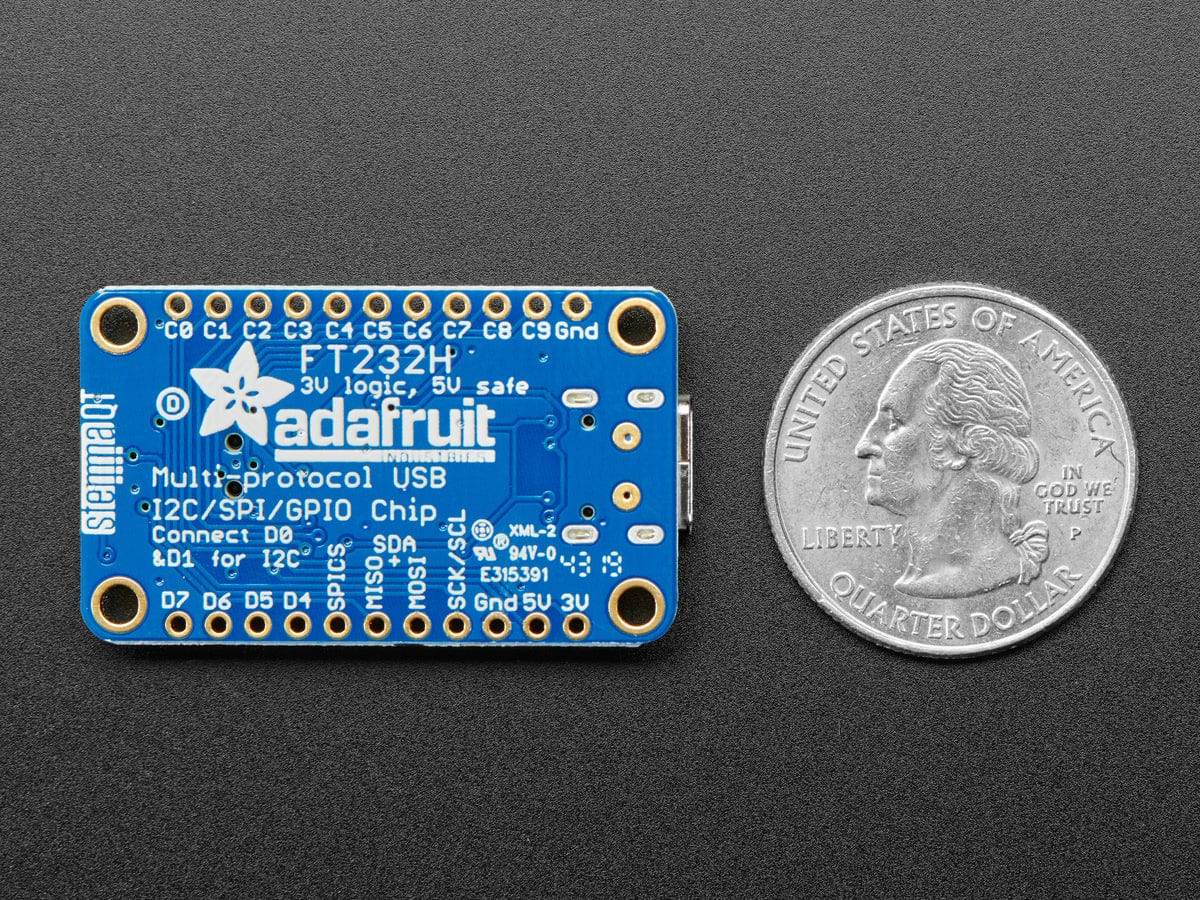
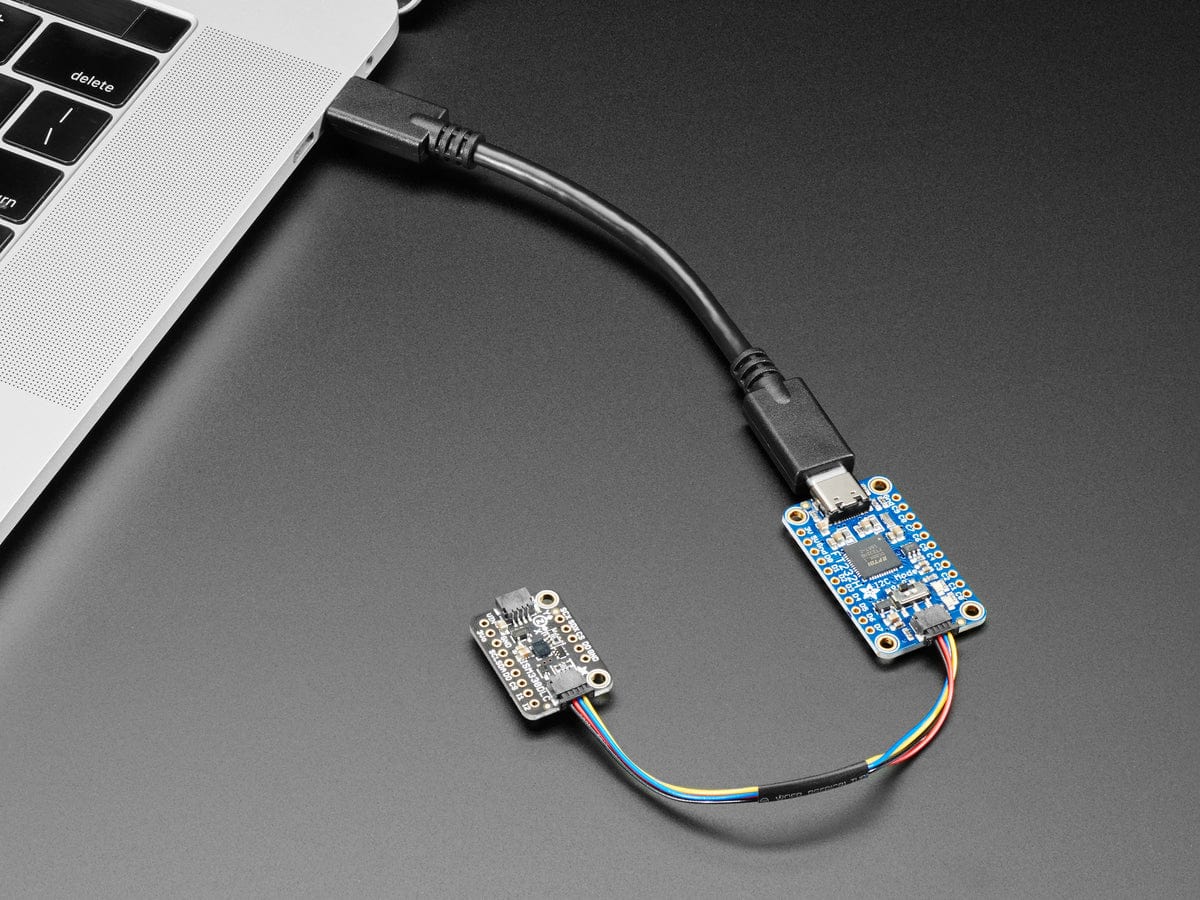
Based on 7 reviews
Write Review
Sort
Clear Filters
Order By
Newest First
Oldest First
Most Popular
Highest Rating
Breakdown
6
1
0
0
0
Product Reviews
Adafruit FT232H Breakout - General Purpose USB to GPIO, SPI, I2C (USB-C & Stemma QT)
It just works.
Was this review helpful?
2 years ago
Adafruit FT232H Breakout - General Purpose USB to GPIO, SPI, I2C (USB-C & Stemma QT)
Excellent, arrived very promptly.
Was this review helpful?
2 years ago
Adafruit FT232H Breakout - General Purpose USB to GPIO, SPI, I2C (USB-C & Stemma QT)
Works perfectly. Nice packaging
Was this review helpful?
3 years ago
Adafruit FT232H Breakout - General Purpose USB to GPIO, SPI, I2C (USB-C & Stemma QT)
Very good board, delivered promptlyx
Was this review helpful?
3 years ago
Adafruit FT232H Breakout - General Purpose USB to GPIO, SPI, I2C (USB-C & Stemma QT)
Reviewer didn't leave any comments
Was this review helpful?
4 years ago
Adafruit FT232H Breakout - General Purpose USB to GPIO, SPI, I2C (USB-C & Stemma QT)
I just wish it exposed analogue ports. I need both for my application (though I only found that out once I'd ordered this). From what I can tell, the chip does have them. I guess it's a size/functionality trade-off. I've had fun though building a board with comparators and an 8-3 decoder to provide a simple ADC binary input. The board itself is super simple to use and absolutely tiny! I really like it. Might well use more for other projects.
1 person found this review helpful.
Was this review helpful?
4 years ago
Adafruit FT232H Breakout - General Purpose USB to GPIO, SPI, I2C (USB-C & Stemma QT)
The Adafruit FT232H breakout is a very useful and easy to use board with an excellent tutorial on the Adafruit website outlining setting up and usage. I have successfully connected the breakout board to a Linux laptop running Ubuntu 16.04LTS to control LED's and a ADC1115 analog to digital converter via I2C.
However, I have not yet been able to use the board with an Apple Mac (OS Sierra 10.12.6). The libftdi v1.3 fails on the Mac with an error relating to requiring 3 variables rather than 2 at some point within the library. Reverting to v1.2 results in a "no module ftdi" error. The Adafruit forum also reports various issues and similar problems with Macs.
I have not used it with a Windows system, but if you are using Linux I would recommend it.
Was this review helpful?
8 years ago
New content loaded

